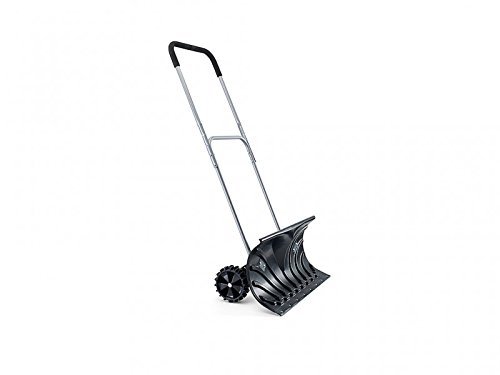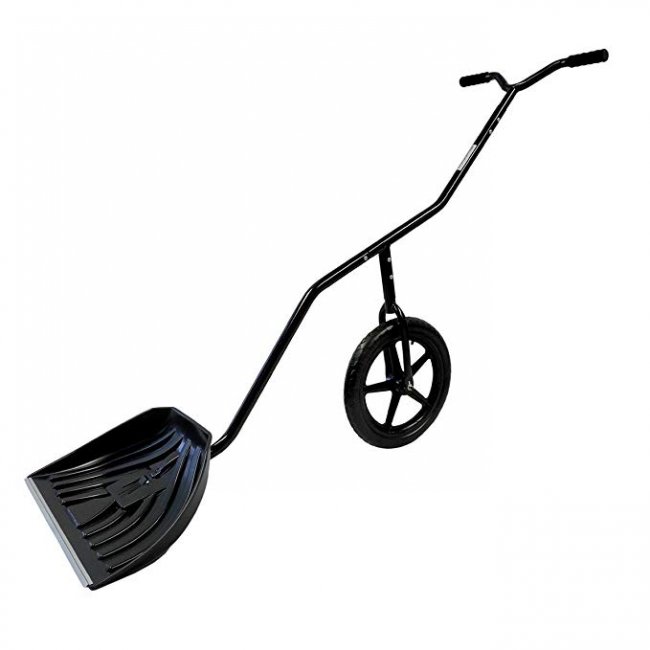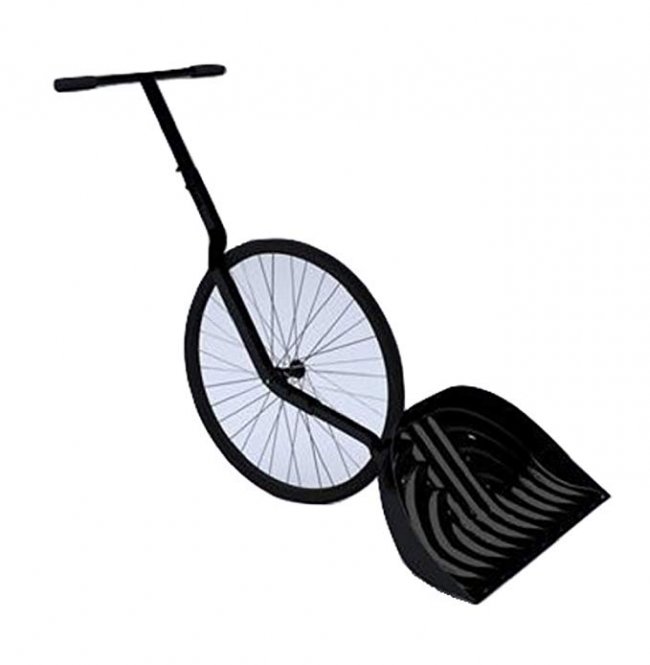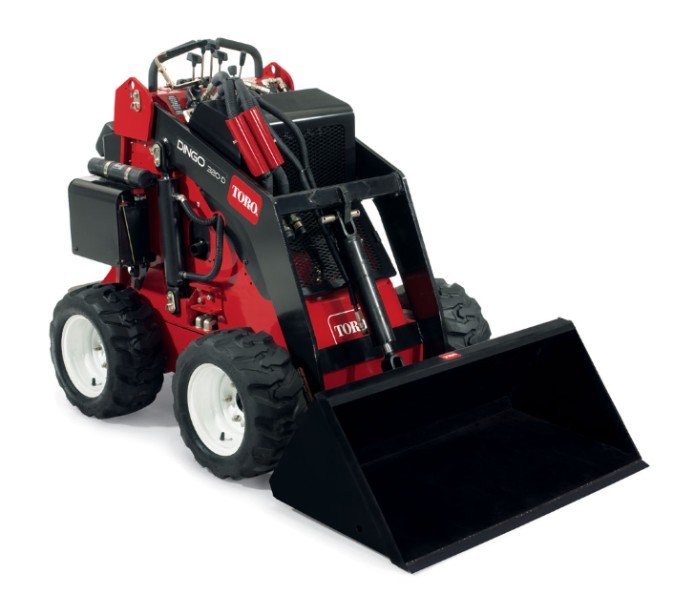JeepHammer
SHOOTER
I'm a Homesteader (current useage) and working towards sustainability.
If figure if someone drops an A bomb on me, I'll just go out and enjoy the show since I'm 58, disabled & have no wish to live in a 'Mad Max' world...
Since I parted ways with the Marine Corps after 16 years, had serious injuries, owned a duffle full of cloths, a field pack of stuff I'd bought myself, a motorcycle I couldn't ride, and some loose change in my pocket,
I'd start over out where I grew up and understood how the land worked...
I bought 'Cheap' land WAY off the beaten path, so no electric or water service.
The electric company wanted $15,000 for a ground transformer dropped no place but where I wanted to build the house eventually, and wanted to tack $118,000 onto utility bills for the next 20-30 years for poles, wires, etc.
I passed.
No sense in a second mortgage before the first mortgage...
SO!
The first build (besides putting up the tent), was a Privvy.
Shower on one side, outhouse on the other.
Roof drained into rain barrel.
Two plastic barrels painted black to heat in the sun for a shower.
Carrying water is no fun & I highly recommend you spend resources avoiding that particular chore.
This privvy project reminded me of two things right away,
1. I'm not a 20 year old strong as an ox kid anymore,
2. Manual saws, drills, shovels & post hole diggers sucked just as badly as they did when I joined the Marines to get off the damn farm!
I murdered at least a dozen 'Cordless' tool batteries.
The tool kits are cheap on sale, but replacement batteries are expensive, and always dead/dying under field conditions.
Heavy sawing/drilling kills even a fully charged battery in short order...
Staring at the Jeep I traded my motorcycle for, it had a winch & two batteries.
With quick connects (Anderson Connector) one battery became my 'Camp' power and could be plugged right back into the Jeep for charging.
If those batteries/winch would drag a vehicle with no wheels, that's a LOT of stored power in those batteries!
Two batteries with a series adapter (24 Volts) and some DC rods, and I was welding.
I had to learn reversing polarity & rod size to control penetration, but welding capability is CRAZY HANDY to have!
Gutting the 'Cordless' battery I soldered wire to the terminals, battery clamps on the other end, and with a cord on my 'Cordless' tool I was off to the races!
This still works for me since I keep 'Trail' tools in the Jeep, and I have a 'Job/Work' trailer with the crap you need on a homestead/DIY job, screws, bolts & nuts, nails, Staples, ax, shovels, etc in the trailer.
$5 yard sale battery powered tools (minus battery), cord, vehicle battery gets about any job done for cheap,
And if you drop it in the lake, run over it, it gets rained on, no big deal at $5.
We aren't talking contractor or industral grade tools, but we also aren't talking a $250 pricetag either!
As power demands increased, I backed into solar panels to charge batteries.
If the little cheap solar panel about 6"x12" would maintain Jeep batteries, or charge an electric fence charger battery, I figured I would get a few more for the extra batteries...
I found out that bigger panels were MUCH more productive, and much less expensive in the long run, my solar system was born...
Now, nearly 20 years down the road, older weak batteries & panels still do plenty around here.
Weak isn't dead!
Just because they aren't fit to be in a battery string powering the house doesn't mean they are useless...
One or two side by side will still do a LOT of handy things.
Some LED lights and we have yard/area lighting.
In the surrounding fields, infrared LEDs make for extending the range of my night vision, powering motion detectors that alert me something is moving in the fields around us.
An auger & starter motor makes for easy fence post holes.
The golf cart I run around on has solar panels on the sun roof top, it charges itself, or I can plug that battery bank into the house inverter if need be.
The aforementioned electric fence chargers.
High torque electric motor, threaded shaft (all thread) will pry/lift things you couldn't move otherwise without busting a gut.
My first cement mixer was a starter motor, batteries & plastic barrel.
(Harbor Freight wasn't always around)
The cost/availability of little high torque tools & motors makes this about limitless when off the grid.
Every junk vehicle of any kind, riding mower to ATV has a starter motor & switches/relays/solenoids.
Every junk car has starter motor, wiper motor, blower motor, switches & controls.
Power windows, power seats have little gear reduction motors that come in REALLY handy.
And let's not forget about moving water, one of the most miserable & never ending jobs you can do...
You can move a LOT of water with a small pump, and running water keeps momma happy (Happy wife, happy life!).
With inverter you have 110VAC for all those plug in gadgets we have all become fond of, like microwaves, refrigerators & freezers.
All those inexpensive hand grinders for meat & Mills for grain work MUCH easier with a 'Cordless' drill motor attached!
I home can a LOT from a big garden, and if you do that, you know how much easier it is with power processing.
I haven't got the shovel pushing part figured out yet, but I'm working on it
So, what tips/tricks have you run across for little or no dollars?
If figure if someone drops an A bomb on me, I'll just go out and enjoy the show since I'm 58, disabled & have no wish to live in a 'Mad Max' world...
Since I parted ways with the Marine Corps after 16 years, had serious injuries, owned a duffle full of cloths, a field pack of stuff I'd bought myself, a motorcycle I couldn't ride, and some loose change in my pocket,
I'd start over out where I grew up and understood how the land worked...
I bought 'Cheap' land WAY off the beaten path, so no electric or water service.
The electric company wanted $15,000 for a ground transformer dropped no place but where I wanted to build the house eventually, and wanted to tack $118,000 onto utility bills for the next 20-30 years for poles, wires, etc.
I passed.
No sense in a second mortgage before the first mortgage...
SO!
The first build (besides putting up the tent), was a Privvy.
Shower on one side, outhouse on the other.
Roof drained into rain barrel.
Two plastic barrels painted black to heat in the sun for a shower.
Carrying water is no fun & I highly recommend you spend resources avoiding that particular chore.
This privvy project reminded me of two things right away,
1. I'm not a 20 year old strong as an ox kid anymore,
2. Manual saws, drills, shovels & post hole diggers sucked just as badly as they did when I joined the Marines to get off the damn farm!
I murdered at least a dozen 'Cordless' tool batteries.
The tool kits are cheap on sale, but replacement batteries are expensive, and always dead/dying under field conditions.
Heavy sawing/drilling kills even a fully charged battery in short order...
Staring at the Jeep I traded my motorcycle for, it had a winch & two batteries.
With quick connects (Anderson Connector) one battery became my 'Camp' power and could be plugged right back into the Jeep for charging.
If those batteries/winch would drag a vehicle with no wheels, that's a LOT of stored power in those batteries!
Two batteries with a series adapter (24 Volts) and some DC rods, and I was welding.
I had to learn reversing polarity & rod size to control penetration, but welding capability is CRAZY HANDY to have!
Gutting the 'Cordless' battery I soldered wire to the terminals, battery clamps on the other end, and with a cord on my 'Cordless' tool I was off to the races!
This still works for me since I keep 'Trail' tools in the Jeep, and I have a 'Job/Work' trailer with the crap you need on a homestead/DIY job, screws, bolts & nuts, nails, Staples, ax, shovels, etc in the trailer.
$5 yard sale battery powered tools (minus battery), cord, vehicle battery gets about any job done for cheap,
And if you drop it in the lake, run over it, it gets rained on, no big deal at $5.
We aren't talking contractor or industral grade tools, but we also aren't talking a $250 pricetag either!
As power demands increased, I backed into solar panels to charge batteries.
If the little cheap solar panel about 6"x12" would maintain Jeep batteries, or charge an electric fence charger battery, I figured I would get a few more for the extra batteries...
I found out that bigger panels were MUCH more productive, and much less expensive in the long run, my solar system was born...
Now, nearly 20 years down the road, older weak batteries & panels still do plenty around here.
Weak isn't dead!
Just because they aren't fit to be in a battery string powering the house doesn't mean they are useless...
One or two side by side will still do a LOT of handy things.
Some LED lights and we have yard/area lighting.
In the surrounding fields, infrared LEDs make for extending the range of my night vision, powering motion detectors that alert me something is moving in the fields around us.
An auger & starter motor makes for easy fence post holes.
The golf cart I run around on has solar panels on the sun roof top, it charges itself, or I can plug that battery bank into the house inverter if need be.
The aforementioned electric fence chargers.
High torque electric motor, threaded shaft (all thread) will pry/lift things you couldn't move otherwise without busting a gut.
My first cement mixer was a starter motor, batteries & plastic barrel.
(Harbor Freight wasn't always around)
The cost/availability of little high torque tools & motors makes this about limitless when off the grid.
Every junk vehicle of any kind, riding mower to ATV has a starter motor & switches/relays/solenoids.
Every junk car has starter motor, wiper motor, blower motor, switches & controls.
Power windows, power seats have little gear reduction motors that come in REALLY handy.
And let's not forget about moving water, one of the most miserable & never ending jobs you can do...
You can move a LOT of water with a small pump, and running water keeps momma happy (Happy wife, happy life!).
With inverter you have 110VAC for all those plug in gadgets we have all become fond of, like microwaves, refrigerators & freezers.
All those inexpensive hand grinders for meat & Mills for grain work MUCH easier with a 'Cordless' drill motor attached!
I home can a LOT from a big garden, and if you do that, you know how much easier it is with power processing.
I haven't got the shovel pushing part figured out yet, but I'm working on it

So, what tips/tricks have you run across for little or no dollars?
Last edited:








